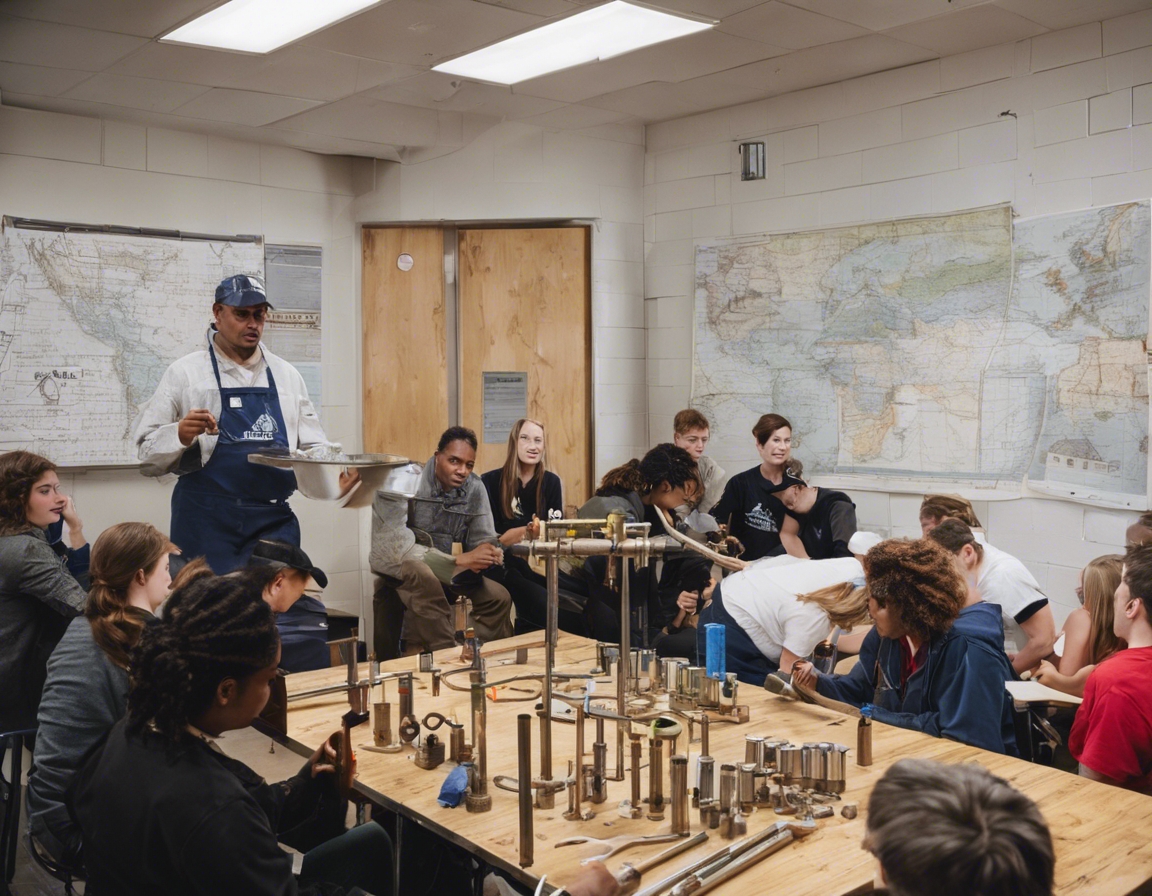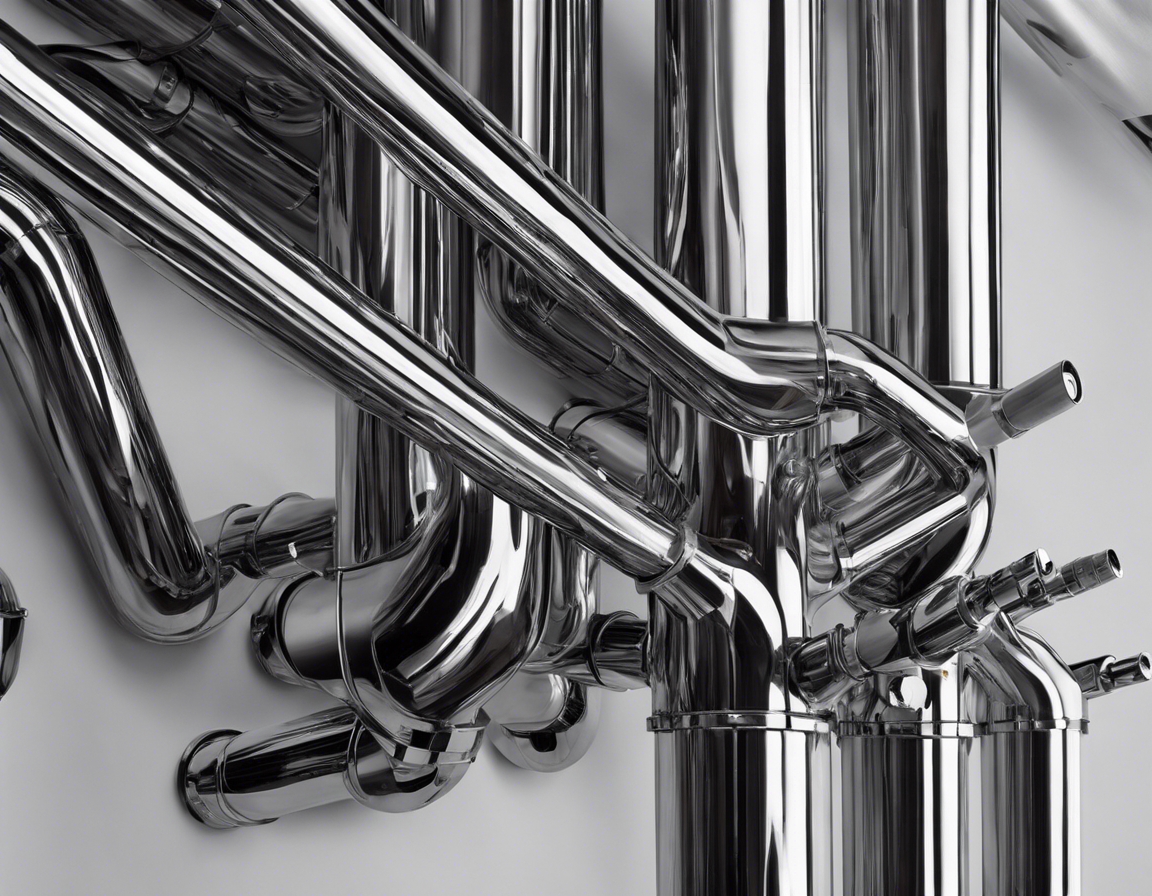The future of pipework: innovations to watch
The world of pipework is on the cusp of a revolution, with groundbreaking innovations poised to redefine the way we think about plumbing and sanitation. As we look to the future, it's clear that the industry is moving towards solutions that are not only more efficient and reliable but also environmentally sustainable and technologically advanced.
Current State of Pipework
Today's pipework systems face a myriad of challenges, from corrosion and leakage to inefficiency and environmental impact. The need for durable, long-lasting solutions is more pressing than ever, especially in urban and suburban areas where infrastructure is critical to public health and hygiene.
Traditional materials like copper, steel, and PVC dominate the market, but they come with limitations in terms of longevity and sustainability. Current installation methods are also often disruptive and labor-intensive, necessitating the development of more advanced techniques.
Emerging Innovations in Pipework
Smart pipes equipped with sensors can monitor flow, detect leaks, and even predict potential failures before they occur. This technology promises to transform maintenance from reactive to proactive, saving time and resources.
Imagine a pipe that can repair its own cracks and fissures. Self-healing materials are being developed to make this a reality, potentially reducing the need for frequent repairs and extending the lifespan of pipework systems.
3D printing technology is set to revolutionize pipe manufacturing by allowing for the creation of complex, customized pipe systems on demand, reducing waste and enabling rapid prototyping and production.
Trenchless technology is already minimizing the disruption caused by pipe installation and repair. Future advancements will likely make the process even more efficient and less invasive.
With water scarcity becoming a global concern, the development of water-efficient pipework systems is crucial. Innovations in this area aim to reduce water waste and ensure hygienic water delivery.
Environmental Impact and Sustainability
As environmental consciousness grows, the demand for recyclable and eco-friendly piping materials increases. The industry is responding with new composites and alloys that are both high-performing and sustainable.
Reducing the carbon footprint of pipework construction is a priority. Innovations in manufacturing processes and logistics are helping to achieve this goal, making the industry greener.
Regulatory Changes and Industry Standards
As regulations evolve to promote safety and sustainability, the pipework industry must adapt. This includes embracing new materials and methods that comply with stricter standards.
Quality assurance and certification are becoming increasingly important. Innovations in testing and certification processes ensure that new pipework systems meet the highest standards of performance and safety.
Preparing for the Future
To keep pace with these advancements, professionals in the field must receive ongoing training and education. This ensures that they are equipped with the knowledge and skills necessary to implement the latest innovations.
For companies and individuals alike, investing in the future of pipework means staying ahead of the curve. By embracing these innovations, stakeholders can ensure that their infrastructure is not only up to date but also prepared for the challenges of tomorrow.






Comments (0)